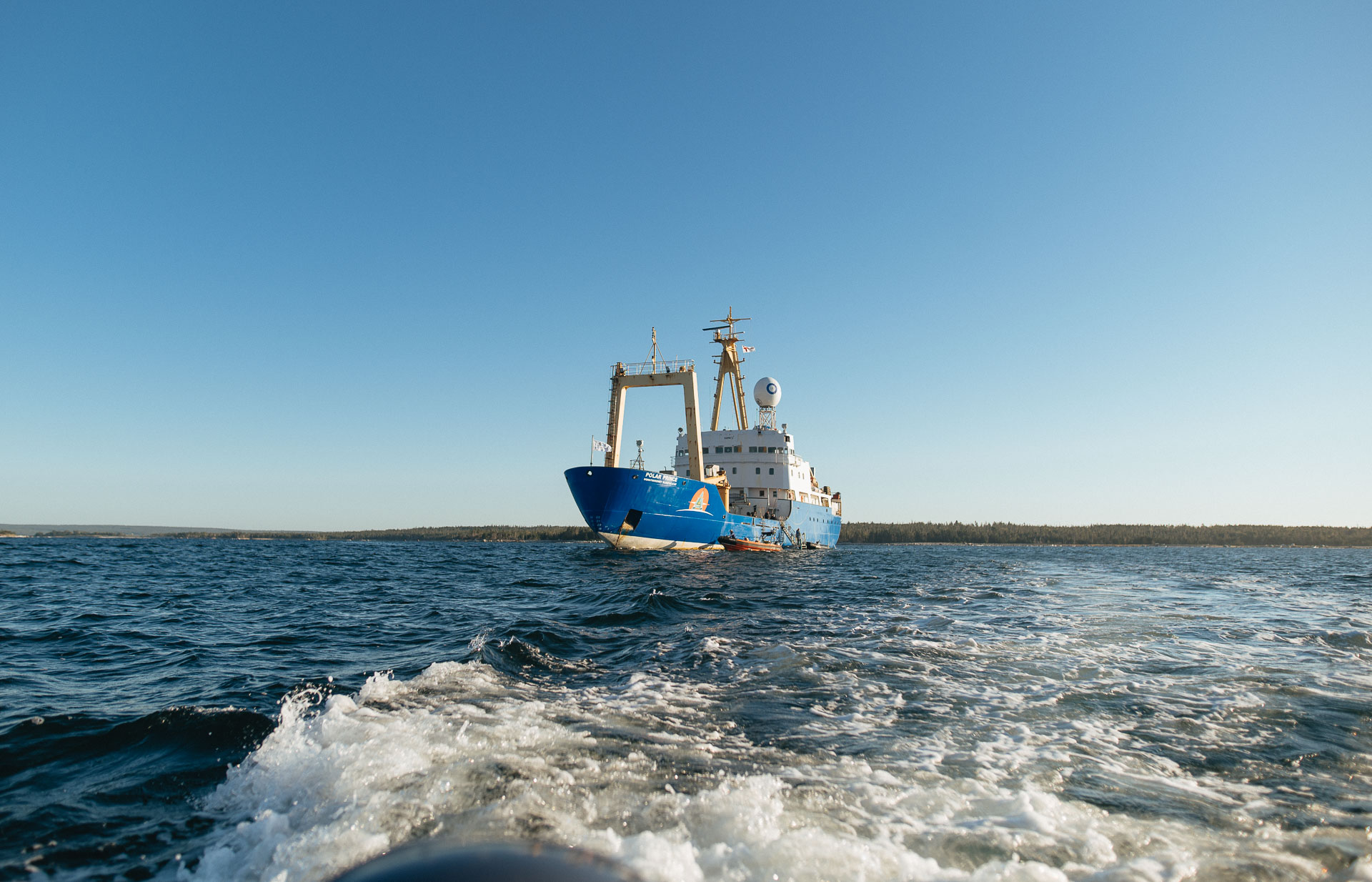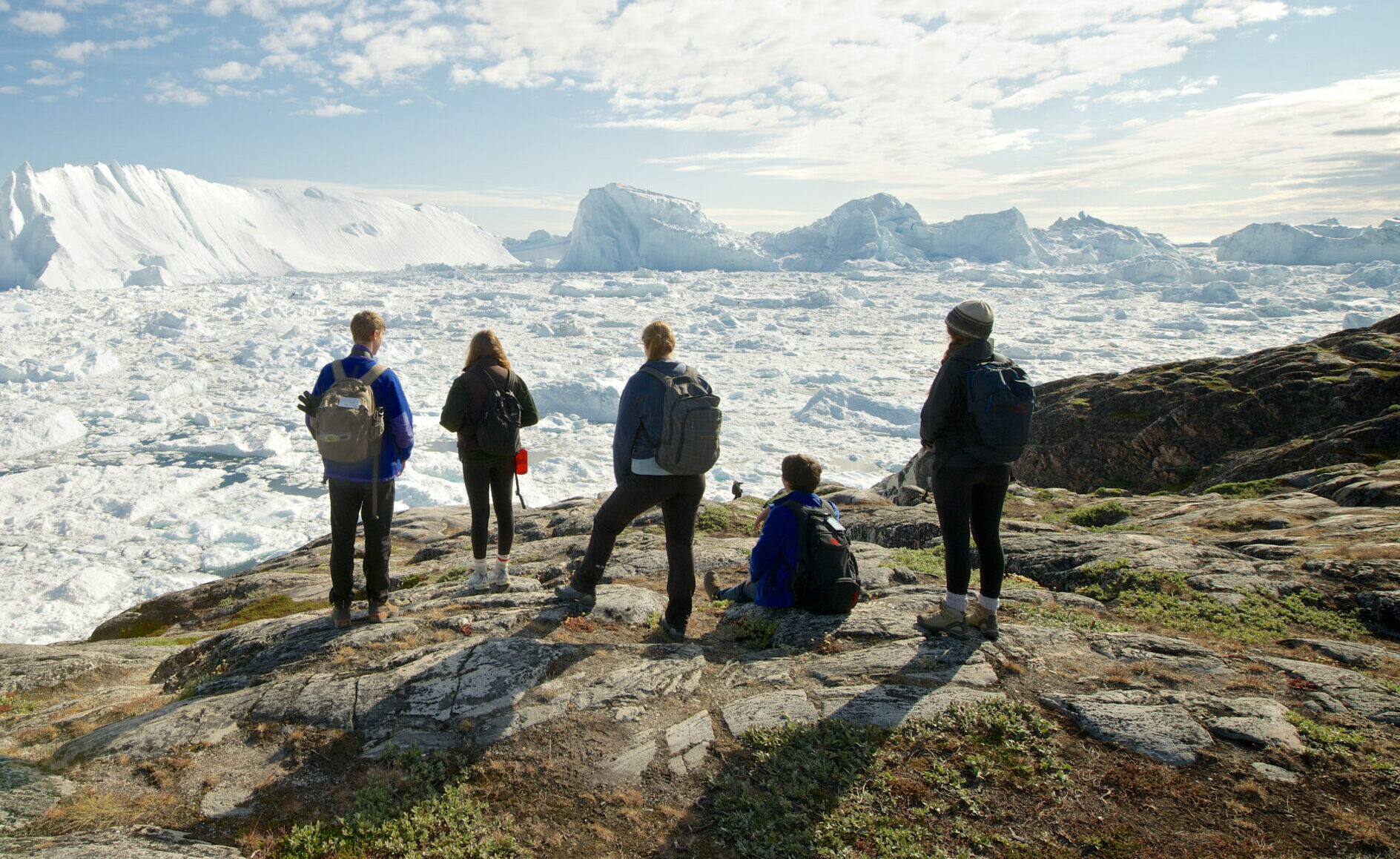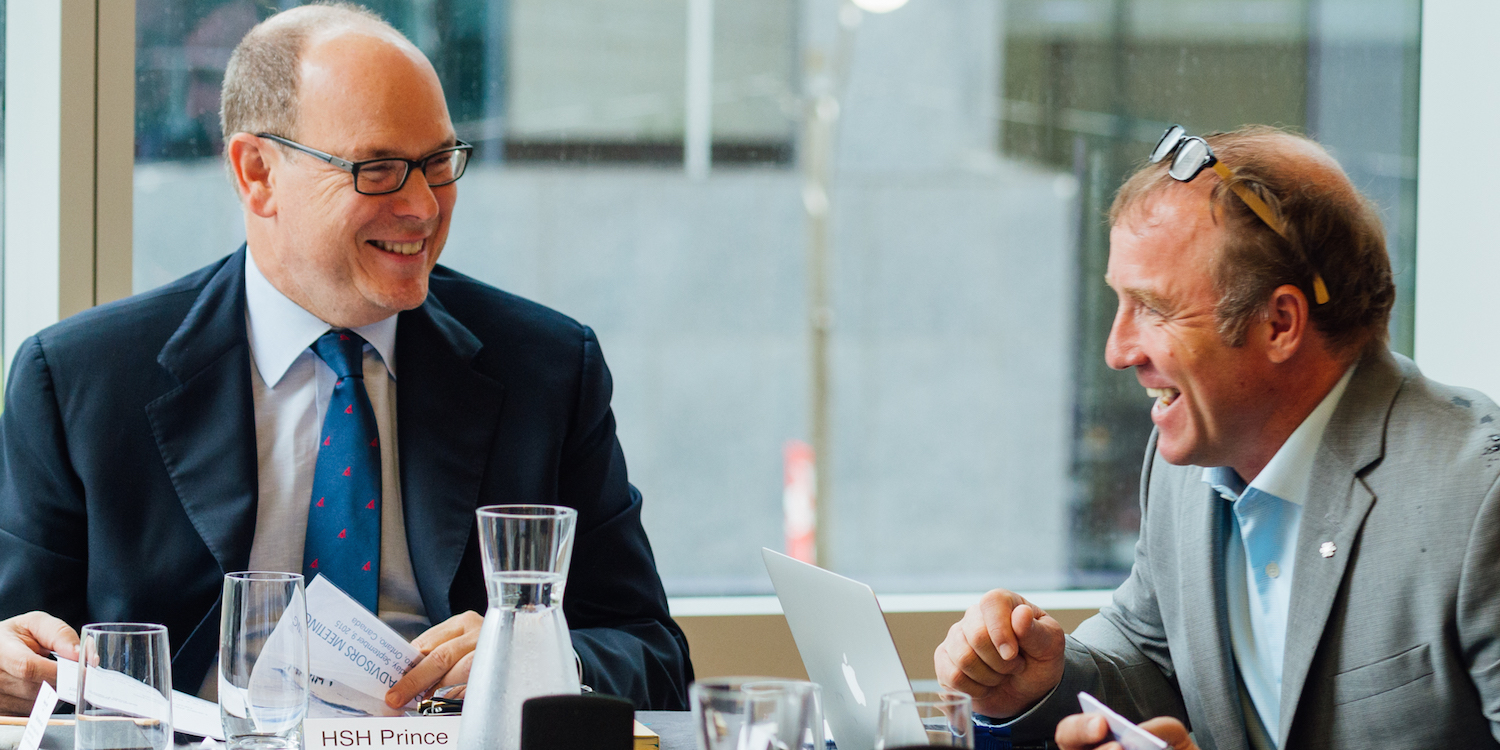Ocean Conservation Expedition: September 18-20
Moving into the second half of the expedition we had a turn-over day in Saint John, with most participants departing to their next adventures and a new cohort trickling in from across the country. In between welcoming new folks on board and loading exciting new research gear onto the vessel, some of us were able to explore a bit of Saint John.

Bethany headed out into the harbour with two DFO colleagues to deploy a mooring that will stay underwater all winter to monitor for salinity, temperature, depth, and turbidity. It will also listen for tagged fish that swim by. Others went to a screening of The Last Right Whale hosted by the Port of Saint John. It was emotional to learn about the decline of the North Atlantic right whale population and to see how often these whales die due to interactions with boats and fishing gear. But, it was also hopeful to see the way that the fishing gear industry is evolving to develop new technologies that will minimize whale entanglements. Our friends Mackie and Richard, the whale disentanglers from Campobello Whale Rescue also made an appearance in the film!
After a day of activities and getting settled on the Polar Prince we gathered in the hangar. As we introduced ourselves to new shipmates and friends, Geoff asked us to share what the ocean means to each of us. Hearing how each of us perceives the ocean in different but interconnected ways was heartwarming. Participants shared words like healing & peace, connection, home, mysterious, an opportunity for learning, awe & wonder, adventure & fun, horizons, excitement, realizing we’re all part of something bigger, tradition, change, and richness.
The next day we sailed into Minas Basin with a beautiful sunrise and got our first glimpses of the famous Bay of Fundy red cliffs. This part of the Bay of Fundy is incredibly important. Here, the largest tides in the world mix with nutrients from the land and drive ocean health on a large scale. These coastal, near-shore environments that we’ve visited along this journey have an incredible impact on ocean health. They are nutrient beds and rearing grounds for many marine organisms.
“The Minas Basin is way more than just muddy water, sometimes you may not be able to see the life but it’s there.” – Erica Porter, a small scale fisher

As we dove into the day’s activities, Claire and Christie from the Huntsman Marine Science Centre went to sample sediment out on the zodiacs. They’re collecting samples to build a reference barcode library of marine invertebrates in the Atlantic region, which is a part of the Coastal Environmental Baseline Program. With the help of some expedition participants, they pulled up four buckets of sediment from the bottom of Minas Basin using a grab sampler mounted on the zodiac.

Taking advantage of the beautiful day, the team made a second landing at Cape Blomidon in the afternoon. This allowed Claire and Christy to take more samples along the intertidal zone, and leverage some helping hands from the rest of the participants. We found periwinkles, hermit crabs, and limpets, just to name a few! While they quickly brought their samples back to the ship to begin processing them, others stayed behind for a quick dip in the bay, which was surprisingly warm for a late September day!

The next day the rain and weather had been turned up to a 10, but that didn’t stop us from boarding the Zodiacs and making our way to Fundy National Park. Donning our stylish ponchos, we were ready for another day of learning.
John, our tour guide from Parks Canada told us about the Fundy Salmon Recovery, and the Fundy Biosphere. With the Atlantic salmon population struggling, Fundy National Park is attempting to increase their numbers. As the salmon spawn (sometimes nearly 80 km up river) a portion of the healthy young are collected and raised to adulthood on a sea farm, then returned to the river at Point Wolfe to help the populations. John also shared with us that the Biosphere, which is a separate non-profit organization designated by UNESCO, is strictly land-based and that the national park ends at the high tide line, meaning this crucial area where land and sea interact is relatively unprotected.

After a Zodiac ride back to the ship that felt like an 11, we spent the afternoon warming up and doing some workshops on the ship. As our discussions bled into the evening, Noémie spoke about ocean literacy, and had us share stories about our connections to the ocean, asking “how does your relationship with water change depending on the environment you’re in?” Bethany told us about the Coastal Environments Baseline Project – a snapshot in time that will help characterize what the biodiversity looks like right now in the Bay of Fundy and around Saint John. And finally, Loïc informed us that the eDNA collected on the C3 journey had contributed to the founding of the Tallurutiup Imanga Marine Protected Area.
After a day full of discussions and optimism for the future of the ocean in this area we turned in, excited to see where tomorrow’s learning will take us.

“The regular ocean economy consists of shipping, fishing, aquaculture, tourism, anything that makes money from the ocean. But the blue economy has this inherent ocean health focus, and the slogan is: ocean health, ocean wealth. There is a lot of focal attention on the blue economy in Canada, and there is an important need to understand the tradeoffs of when we start creating things and managing the ocean in new ways that we have never done before, that we are considering the social, economic, and environmental decision making that needs to happen.” – Ronnie Noonan, ECOP Canada
View our expedition page here.
View the photo gallery from September 18-20 here.





